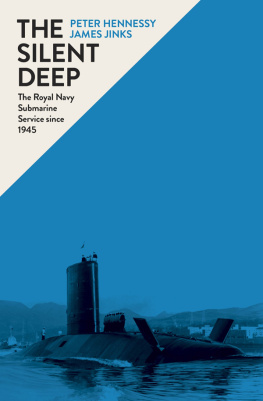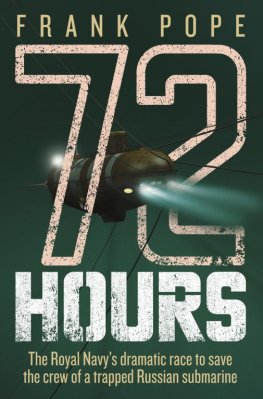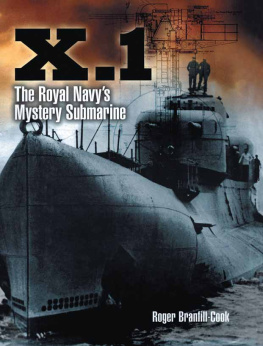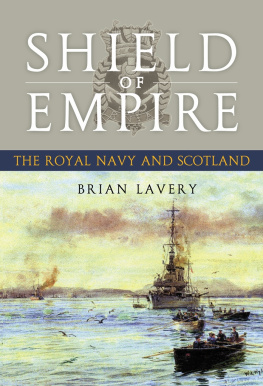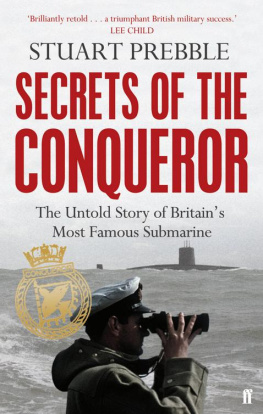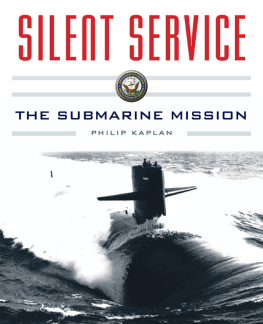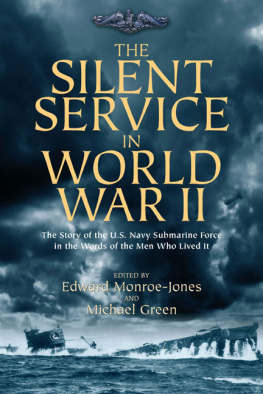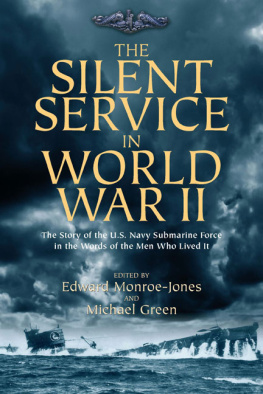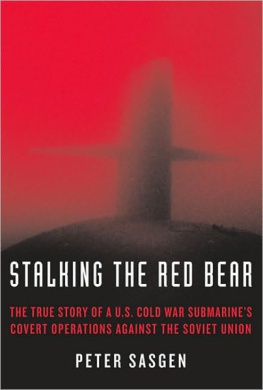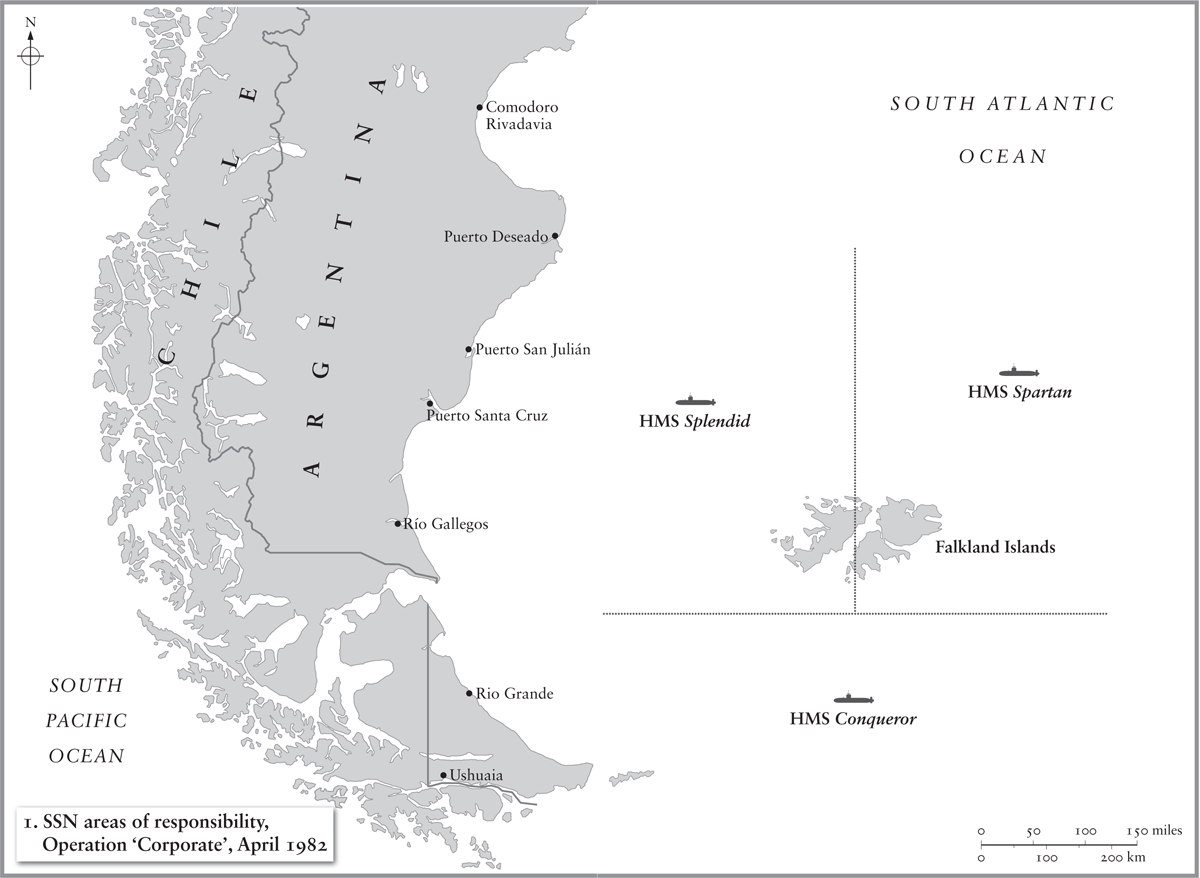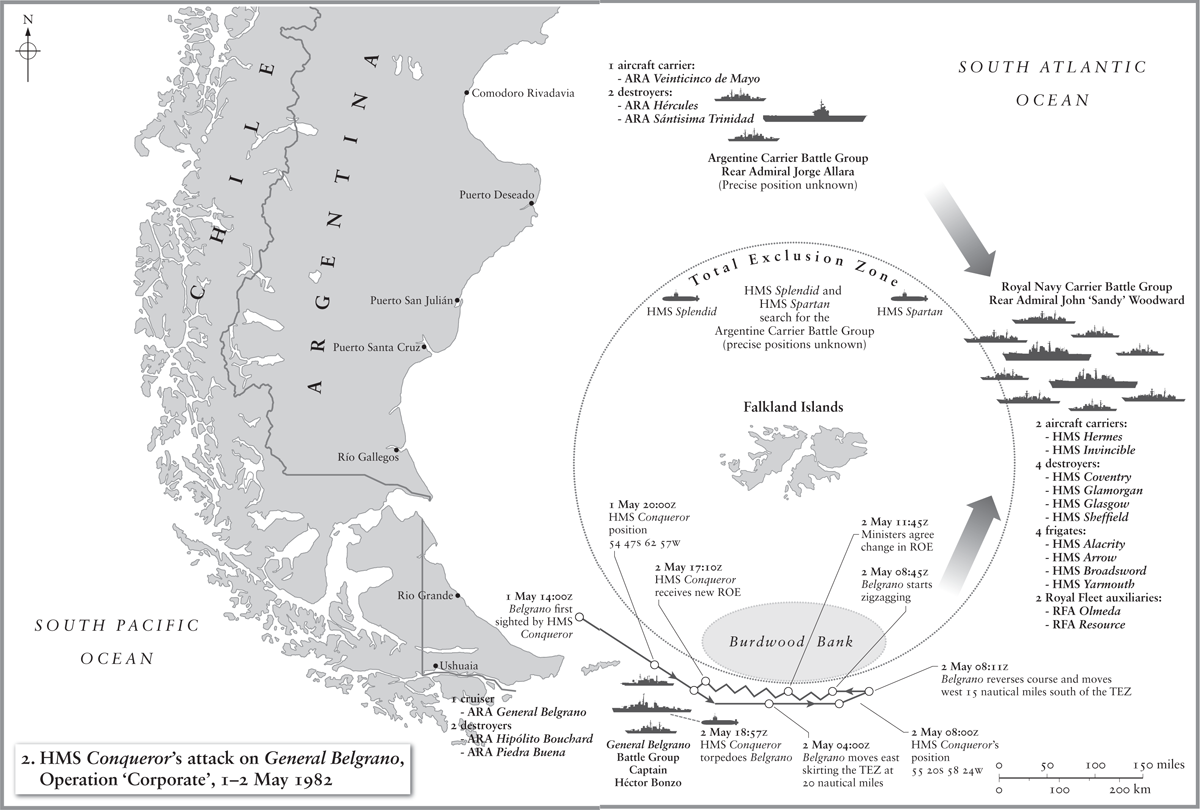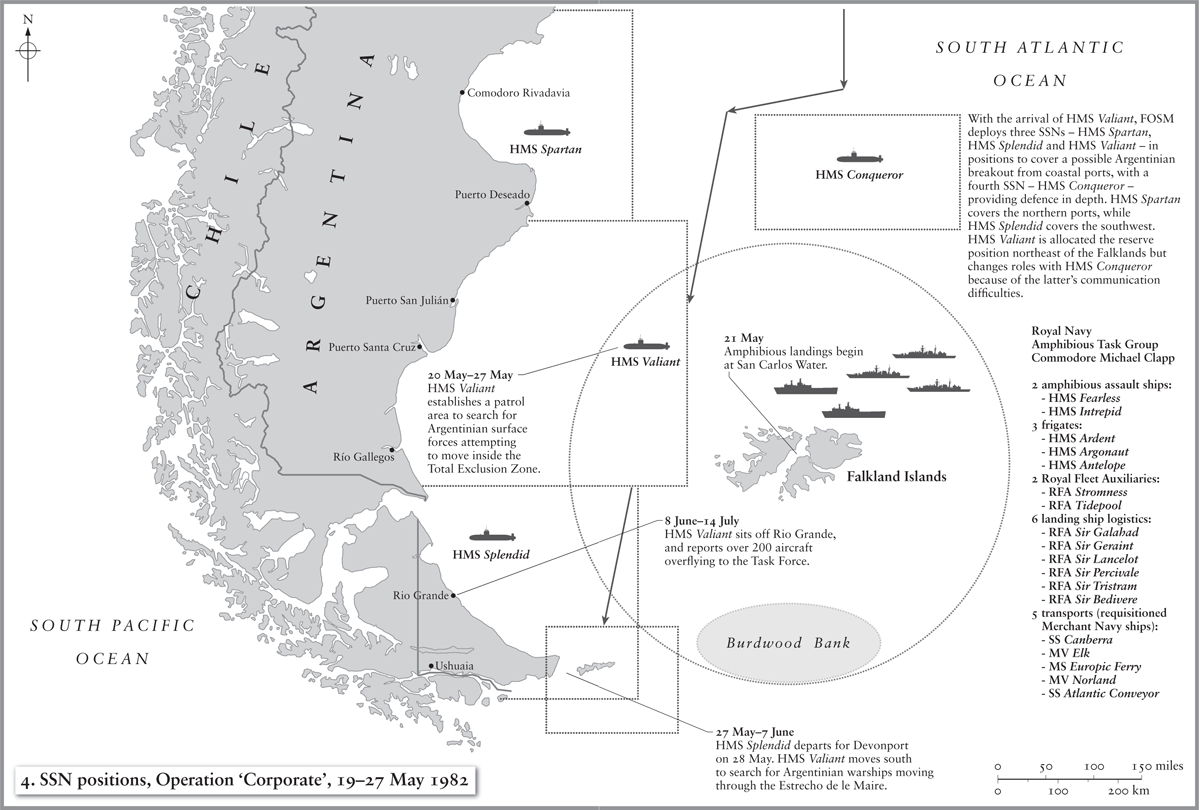Contents
Peter Hennessy and James Jinks
THE SILENT DEEP
The Royal Navy Submarine Service since 1945
ALLEN LANE
UK | USA | Canada | Ireland | Australia
India | New Zealand | South Africa
Allen Lane is part of the Penguin Random House group of companies whose addresses can be found at global.penguinrandomhouse.com.
First published 2015
Copyright Peter Hennessy and James Jinks, 2015
Front cover: HMS Dreadnought leaving Faslane in 1979.
The moral right of the authors has been asserted
ISBN: 978-0-141-97370-8
THE BEGINNING
Let the conversation begin...
Follow the Penguin Twitter.com@penguinukbooks
Keep up-to-date with all our stories YouTube.com/penguinbooks
Pin Penguin Books to your Pinterest
Like Penguin Books on Facebook.com/penguinbooks
Listen to Penguin at SoundCloud.com/penguin-books
Find out more about the author and
discover more stories like this at Penguin.co.uk
Dedicated to the men and women of the Royal Navy
Submarine Service since 1945.
Illustrations
- ).
Every effort has been made to contact all copyright holders. The publishers will be happy to make good in future editions any errors or omissions brought to their attention.
List of Maps
I can call spirits from the vasty deep
William Shakespeare,
Owen Glendower in King Henry IV Part I
The Trade
They bear, in place of classic names,
Letters and numbers on their skin.
They play their grisly blindfold games
In little boxes made of tin.
Sometimes they stalk the Zeppelin,
Sometimes they learn where mines are laid,
Or where the Baltic ice is thin.
That is the custom of The Trade.
Few prize-courts sit upon their claims.
They seldom tow their targets in.
They follow certain secret aims
Down under, far from strife or din.
When they are ready to begin
No flag is flown, no fuss is made
More than the shearing of a pin.
That is the custom of The Trade.
The Scouts quadruple funnel flames
A mark from Sweden to the Swin,
The Cruisers thundrous screw proclaims
Her comings out and goings in:
But only whiffs of paraffin
Or creamy rings that fizz and fade
Show where the one-eyed Death has been
That is the custom of The Trade.
Their feats, their fortunes and their fames
Are hidden from their nearest kin;
No eager public backs or blames,
No journal prints the yarn they spin
(The Censor would not let it in!)
When they return from run or raid.
Unheard they work, unseen they win.
That is the custom of The Trade.
Rudyard Kipling, The Trade, Sea Warfare, 191418
Preface
Submarine Britain
From the very beginning at the start of the twentieth century there has been something special and mysterious about Submarine Britain. In its time, it has stretched from the North Pole to the South Atlantic, the Far East to the Barents Sea. Scarcely a patch of the two thirds of the worlds surface that is covered in water has escaped the presence of a Royal Navy submarine at some point over the last century. At home, too, the United Kingdom is girdled with the harbours, facilities, design offices, factories and research laboratories needed to keep the country at the top of the range of the worlds submarine powers. Yet for all the mystique and fascination submarine life holds for many people and the political heat generated by the question of whether or not the UK should remain a nuclear-weapons power, very little of this human and physical infrastructure is known to the general public. Both the vasty deep and the land life of the Queens underwater servants remains very largely a mystery to their fellow countrymen and women.
For 114 years since the first tiny submarine ordered by the Royal Navy was launched at the Vickers Yard, Barrow, on the North Lancashire coast on 2 October 1901, successive British governments have sought to have a presence in the depths of the seas. In this task, the Royal Navy Submarine Service has been their instrument. Yet this famously silent service has never fully gained the place it deserves in the wider historical sun of defence policy, intelligence history or the record of the UK as a nuclear-weapons power. To this day, the Ministry of Defence still responds to all enquiries about submarine operations past and present with a simple phrase: The Ministry of Defence does not comment on submarine operations.
In recent years a series of unofficial books have sought to shed a glimmer of light on the deep Cold War between the United States Navy, the Royal Navy and the Soviet Union. There are two opposing views on revealing these activities, many of which remain some of the most closely held secrets of the British State. Those who favour declassification believe that because the Cold War ended over twenty-five years ago, submariners now deserve more formal recognition and that because there have been so many leaks any such secrecy has long since gone. The contrary view is that submarines of the former Soviet Union, as well as those of other nations, are still at sea, and nothing should be revealed that could jeopardize current and future submarine operations, many of which still involve tactics developed and perfected during the Cold War. The potential threat is still present. The 2013/14 edition of Janes Fighting Ships lists seventeen operational nuclear-powered attack submarines (SSNs) in service with the Russian Northern Fleet, and a further seven more in the Pacific Fleet. The US Atlantic Fleet has twenty-three SSNs, France has four, China five, and India two. All deploy nuclear-powered ballistic missile submarines (SSBNs), armed with nuclear warheads. All have active building programmes.
Today the Royal Navy has just seven SSNs and four SSBNs. On present policies, Britain will remain a submarine nation at least until the 2050s, when the Successor system to the Trident SSBNs as the sole carrier of Britains nuclear-weapons capability will require replacing, as will the SSNs that protect them. The country will therefore still need small groups of carefully trained young men (and, since 2013, young women) to go silently and deeply into the cold, their lives shaped equally by intimacy and solitariness, in one of the strangest and most singular professions a British citizen can pursue. Their world spans the front line of national defence (surveillance and intelligence gathering) to the last line (nuclear retaliation as the countrys near unthinkable last resort).

